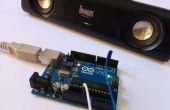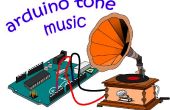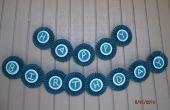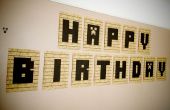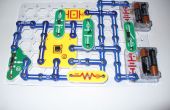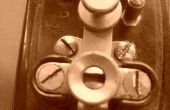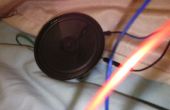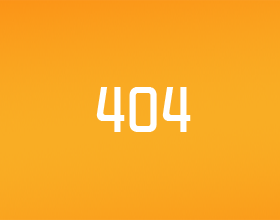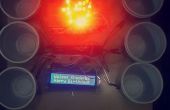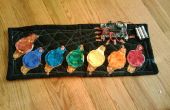Paso 3: código

El código se encuentra a continuación usted puede copiar y pegar en el IDE de Arduino.
#include // requires an Atmega168 chip #define outpin 9 // audio out to speaker or amp int ptime; int k, x, dur, freq, t; int i, j;float ps; // variable for pow pitchShift routinefloat noteval;// note values for two octave scale // divide them by powers of two to generate other octaves float A = 14080; float AS = 14917.2; float B = 15804.3; float C = 16744; float CS = 17739.7; float D = 18794.5; float DS = 19912.1; float E = 21096.2; float F = 22350.6; float FS = 23679.6; float G = 25087.7; float GS = 26579.5; float A2 = 28160; float A2S = 29834.5; float B2 = 31608.5; float C2 = 33488.1; float C2S = 35479.4; float D2 = 37589.1; float D2S = 39824.3; float E2 = 42192.3; float F2 = 44701.2; float F2S = 47359.3; float G2 = 50175.4; float G2S = 53159; float A3 = 56320;//octaves - corresponds to piano octaves float oct8 = 4; float oct7 = 8; float oct6 = 16; float oct5 = 32; float oct4 = 64; float oct3 = 128; float oct2 = 256; float oct1 = 512; float oct0 = 1024;//rhythm values int wh = 1024; int h = 512; int dq = 448; int q = 256; int qt = 170; int de = 192; int e = 128; int et = 85; int dsx = 96; int sx = 64; int thx = 32;// major scale just for demo, hack thisfloat happyBirthday[] = { G, 0, G, A2, 0, 0, G, 0, 0, C2, 0, 0, B2, 0, 0, 0, 0, 0, G, 0, G, A2, 0, 0, G, 0, 0, D2, 0, 0, C2, 0, 0, 0, 0, 0, G, 0, G, G2, 0, 0, E2, 0, 0, C2, 0, 0, B2, 0, 0, A2, 0, 0, F2, 0, F2, E2, 0, 0, C2, 0, 0, D2, 0, 0, C2, 0, 0, 0, 0, 0, };void setup() { pinMode(10, OUTPUT); // sets the digital pin as output pinMode(11, OUTPUT); // sets the digital pin as output pinMode(12, OUTPUT); // sets the digital pin as output pinMode(8, INPUT); // sets the digital pin as output } void loop(){ for(i= 0; i<=11; i++){ int value = HIGH; while (digitalRead(8) == LOW) { digitalWrite(10, value); delay(100); value = !value; }; ps = (float)i / 12; // choose new transpose interval every loop for(x= 0; x<=12*6; x++){ noteval = (happyBirthday[x] / oct4) * pow(2,ps); // transpose scale up 12 tones // pow function generates transposition // eliminate " * pow(2,ps) " to cut out transpose routine dur = 100; digitalWrite(10+(x&3), HIGH); digitalWrite(10+((x+1)&3), LOW); digitalWrite(10+((x+2)&3), LOW); if ((int)noteval > 0) { freqout((int)noteval, dur); } else { delay(100); } } } } void freqout(int freq, int t) // freq in hz, t in ms { int hperiod; //calculate 1/2 period in us long cycles, i; pinMode(outpin, OUTPUT); // turn on output pin hperiod = (500000 / freq) - 7; // subtract 7 us to make up for digitalWrite overhead cycles = ((long)freq * (long)t) / 1000; // calculate cycles for (i=0; i<= cycles; i++){ // play note for t ms digitalWrite(outpin, HIGH); delayMicroseconds(hperiod); digitalWrite(outpin, LOW); delayMicroseconds(hperiod - 1); // - 1 to make up for digitaWrite overhead } pinMode(outpin, INPUT); // shut off pin to avoid noise from other operations}

